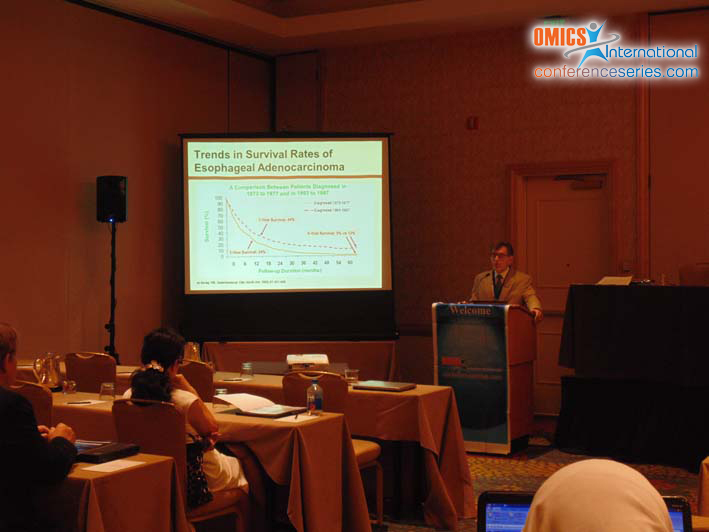
Mary Es Beaver
Director of the Texas Center for Voice and Swallowing
USA
Title: Prevalence of exclusive nocturnal/supine pharyngeal reflux in patients with chronic laryngotracheitis.
Biography
Biography: Mary Es Beaver
Abstract
A retrospective case series of 518 patients was performed to determine the prevalence of pharyngeal reflux in patients with chronic laryngotracheitis (CLTR). Patients were included if they presented with chief complaint of hoarseness, sore throat, difficulty swallowing, cough, reflux or lump in throat for greater than six weeks and received a 24 hour Restech pharyngeal pH study. Patients with > 4 events of ph < 5.5 at pharynx were considered positive and those with zero events at the pharynx were considered negative for reflux. SPSS was used to analyze pharyngeal reflux pattern in the entire study sample, each symptom group and symptom duration category (1-3 months, 4-6 months, 7-9 months, 10-12 months and > 12 months). The overall prevalence of pharyngeal reflux for patients with symptoms of CLTR was 63%. There were significantly more exclusively nocturnal/supine pharyngeal reflux patients (70%) than upright or mixed (30%) reflux pattern among positive studies. 60 % of patients had pharyngeal reflux in 1-3 months duration of illness group compared to 74% in 4-6 months duration (p = 2.36). There was no significant difference in prevalence of pharyngeal reflux among different symptom groups. 68% of patients presenting with hoarseness and 69% of patients with chronic cough had positive Ph studies. The prevalence of pharyngeal reflux in patients with CLTR is significant more common at night in supine position and symptom type and duration does not predict the presence of reflux to pharynx.



